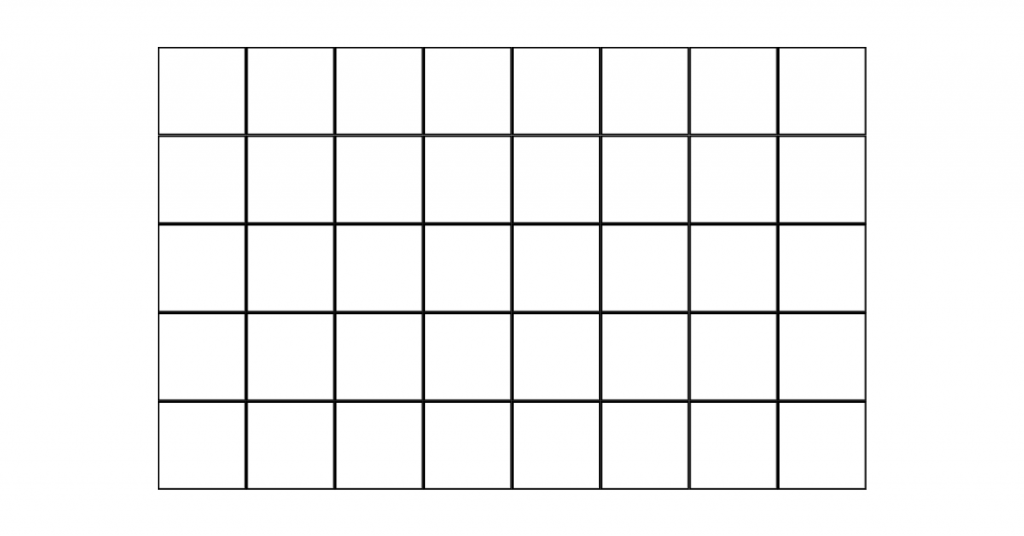Embrace the Magic of Area & Perimeter
Today, we’re delving into the fascinating world of area and perimeter. Whether you’re a student, a math enthusiast, or just someone curious about the mathematical wonders of shapes, this blog is for you! Let’s embark on a journey to unravel the mysteries of area and perimeter.
Understanding Area and Perimeter
Before we dive into problem-solving, let’s quickly grasp the concepts of area and perimeter. These fundamental measurements are essential for understanding and comparing shapes.
- Area: The area of a shape refers to the total amount of space it occupies on a flat surface. We often measure the size in square units, such as square centimetres (cm²) or square metres (m²).
- Perimeter: The perimeter is the distance around the outer boundary of a shape. It’s like taking a stroll along the shape’s edges. Perimeter is measured in regular units, such as centimetres (cm) or metres (m).
Let’s Walk through a Problem
Imagine we have a rectangular garden, and we want to find its area and perimeter. The garden’s length is 8 metres, and its width is 5 metres.

Step 1: Calculating Perimeter
To find the perimeter, we’ll use the formula: Perimeter = 2 × (length + width)
For our garden, Perimeter = 2 × (8 + 5) = 2 × 13 = 26 metres
Step 2: Calculating Area
To find the area, we’ll use the formula: Area = length × width
For our garden, Area = 8 × 5 = 40 square metres (m²)
So, our garden has a perimeter of 26 metres and an area of 40 square metres.
Test Yourself Section
Now, it’s time to put your newfound knowledge to the test. Try solving these problems and check your answers below:
Problem 1: Calculate the perimeter and area of a square-shaped patio with each side measuring 6 metres.
Problem 2: You have a rectangular field with a length of 12 metres and a width of 8 metres.
Find the perimeter and area of the rectangle.
Answers:
Problem 1: Perimeter = 4 × side = 4 × 6 = 24 metres Area = side × side = 6 × 6 = 36 square metres (m²)
Problem 2: Perimeter = 2 × (12 + 8) = 2 × 20 = 40 metres Area = length × width = 12 × 8 = 96 square metres (m²)
Conclusion
Congratulations! You’ve taken the first steps towards mastering the basics of area and perimeter. We hope this beginner’s guide has helped demystify these concepts and enabled you to confidently tackle problems. Keep practising, and soon you’ll be an expert in shapes and measurements. Happy learning!


